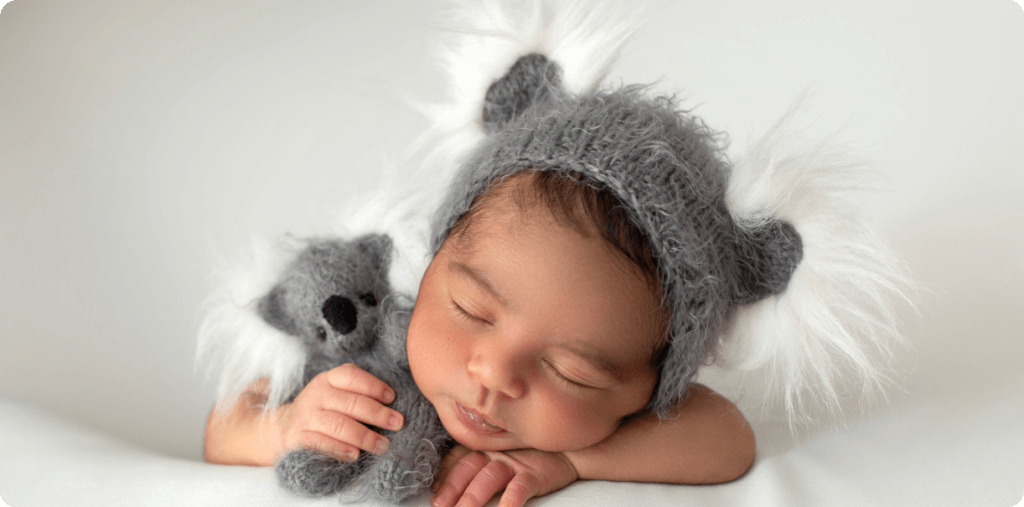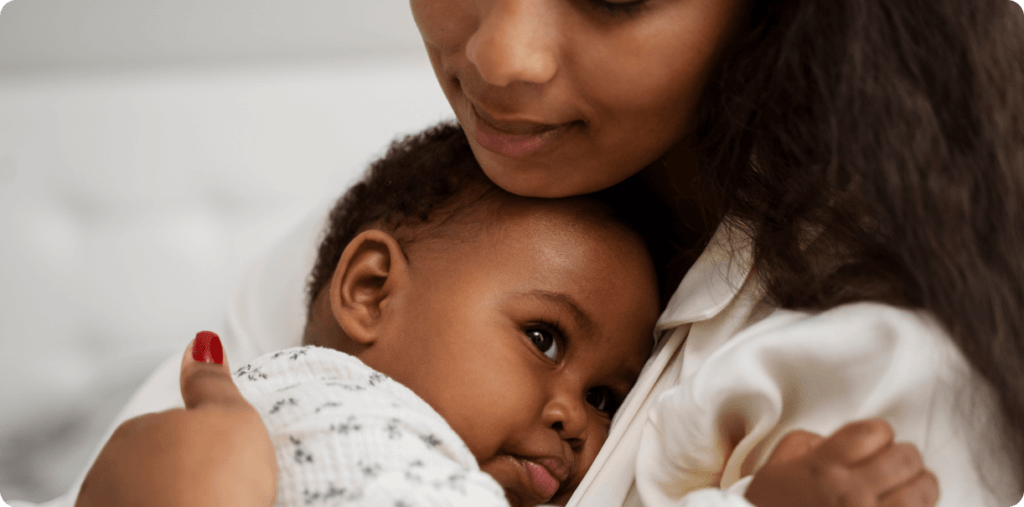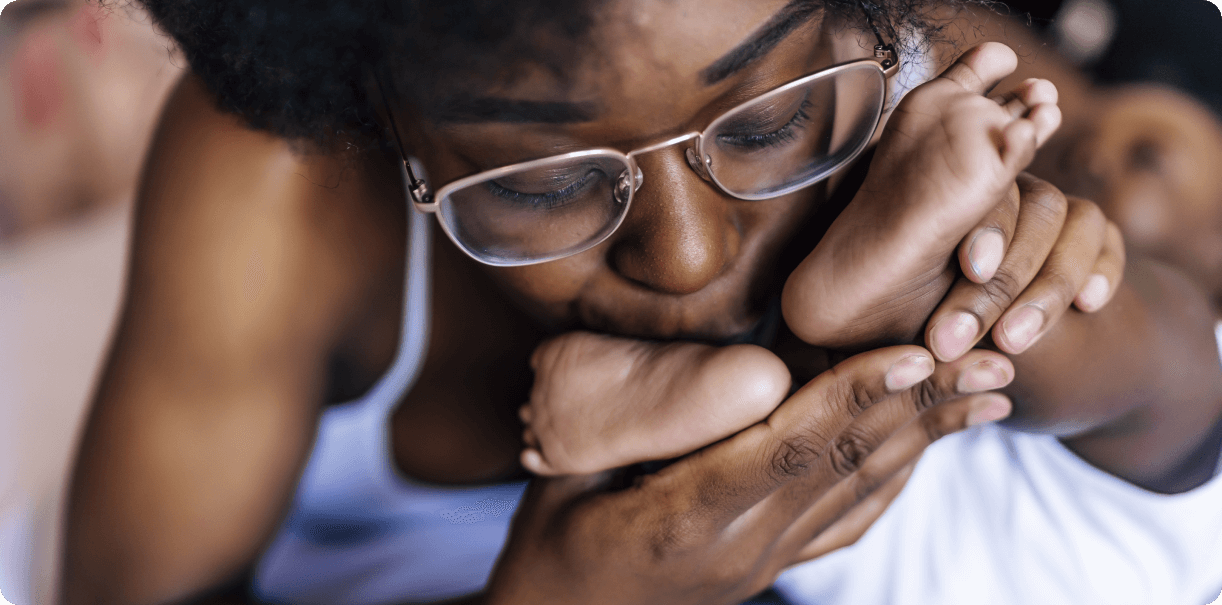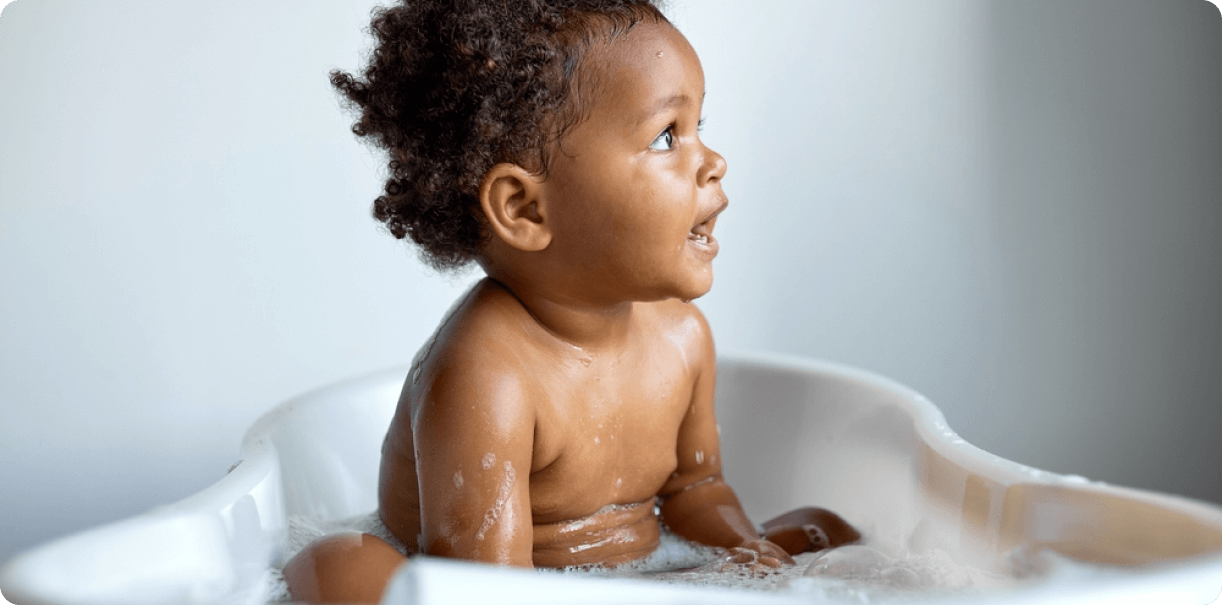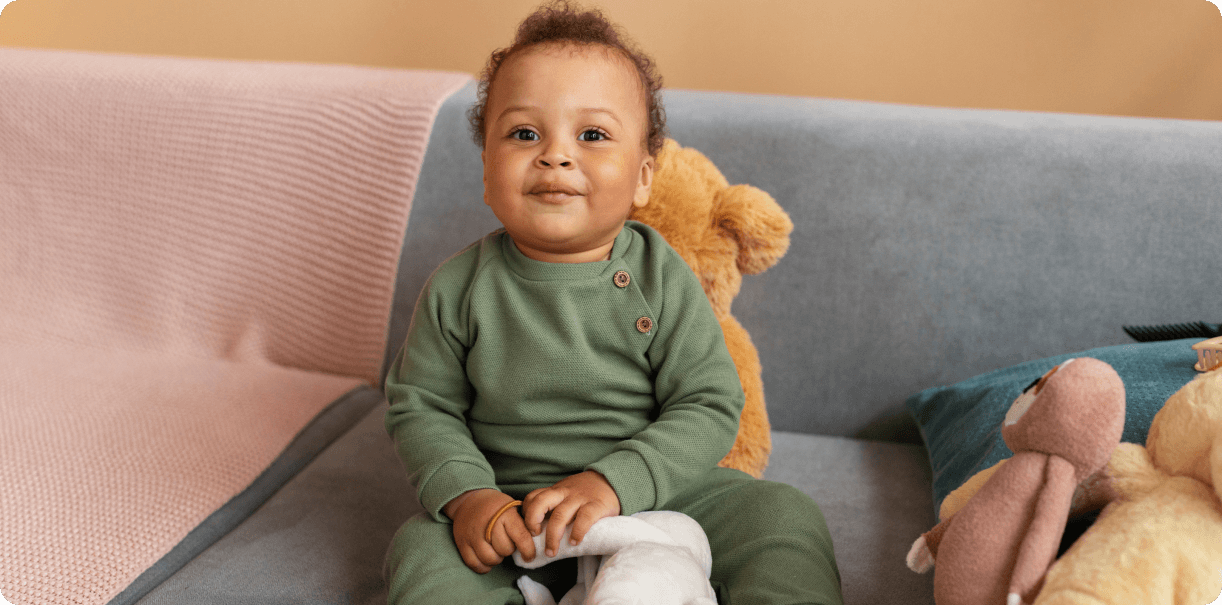
The body temperature of each person (including babies) varies and there is no ‘normal’ temperature. Medically, a fever is defined as a temperature of 100.4°F (38°C) and higher when taken rectally. Fever is a response of the body to an infection from a virus or bacteria. It can also happen with heat exhaustion, extreme sunburn, and other medical conditions.
Fevers lower than 101° F do not need to be treated unless your baby is uncomfortable or has a history of fever-related fits or febrile seizures. If the baby is not as active or talkative as usual, seems fussier, less hungry, and thirstier, or talks about feeling warm or hot (even when the recorded temperature is not high), it could be a sign that your baby has a fever. Even then, not all fevers need to be treated. If your baby has a fever but is still playing and for the most part is still acting like himself/herself, there is no need for medication to control fever in a child. There are some simple measures at home on how to bring down a fever in a child. However, if the baby is 3 months or younger, you must consult a doctor as soon as the baby develops a fever.
If the fever is causing discomfort to your baby, you should look at measures on how to reduce the baby’s fever, even if the temperature is not very high.
- Drink more fluids – Encourage your child to drink extra water or other liquids like diluted fruit juices, popsicles, etc. Nursing mothers can breastfeed more often.
- Cool room – Ensure that the room that your baby’s room is comfortably cool. If the room is warm or stuffy, placing a fan nearby may help in cooling the air.
- Dress light – When the body is running a temperature, it is important to dress the baby in light, comfortable (preferably loose) clothing that will not trap the body heat.
- Stay active – There is no need to restrict the baby to the bed when he/she has a fever. As long as the baby does not overexert himself/herself with play or by running around, it is perfectly fine to move about.
- Sponging – Sponging the baby (armpits, stomach, groin area) can help to bring the temperature down and freshen the baby up.
- Forehead patches – Since body heat escapes through the head and feet, it is best to leave them uncovered or lightly covered (in the case of feet). Placing a cool fever forehead patch can help to quickly bring down the baby’s body temperature and give the baby fever relief.
Young Baby (3 months old or younger) – If the baby is very young and his / her body temperature is 100.4°F (38°C) or higher, you should seek medical help immediately. Fever in a young baby could be a sign of a dangerous infection.
Temperature is consistently high – Irrespective of the age of your child, if he/she has repeated fever above 104°F (40°C) even with home remedies, the child needs to be examined by a doctor.
Fever lasting more than a day in young children – If the child is younger than 2 years of age and has a fever of 100.4°F (38°C) that does not subside even after a day, a medical professional will need to check for the cause of the fever.
Baby is cranky and cannot be soothed – If the baby is fussy or cries and can’t be soothed despite all attempts, you should get him/her checked by a doctor even if they do not have a fever at the time.
Fever Cool Plasters are cool fever patches for infants and babies that work to bring the body temperature down quickly. The PIGEON fever-reducing plaster helps relieve baby fever by absorbing the body heat from the forehead. The fever cooling pads are safe to use on the gentle skin of babies and are of a size suitable for their little foreheads. Each of the PIGEON cooling plasters can last up to 8 hours and bring comfort to the baby.
